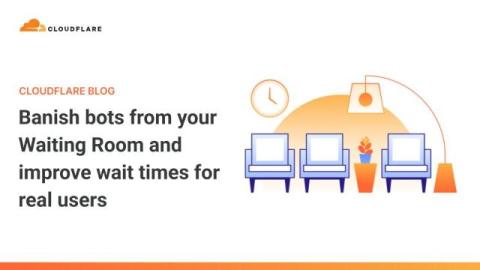Protect your users from Internet risks
The Internet is now part of your corporate network, however browsing the web comes with hidden risks—malware, phishing attacks, and malicious websites. In this video, we’ll explore how Cloudflare’s Secure Web Gateway (SWG) helps keep users safe by filtering and inspecting Internet traffic in real time. Whether you're protecting a remote workforce or securing an entire organization, Cloudflare’s solution ensures that users can access the web securely—without sacrificing speed or productivity.











